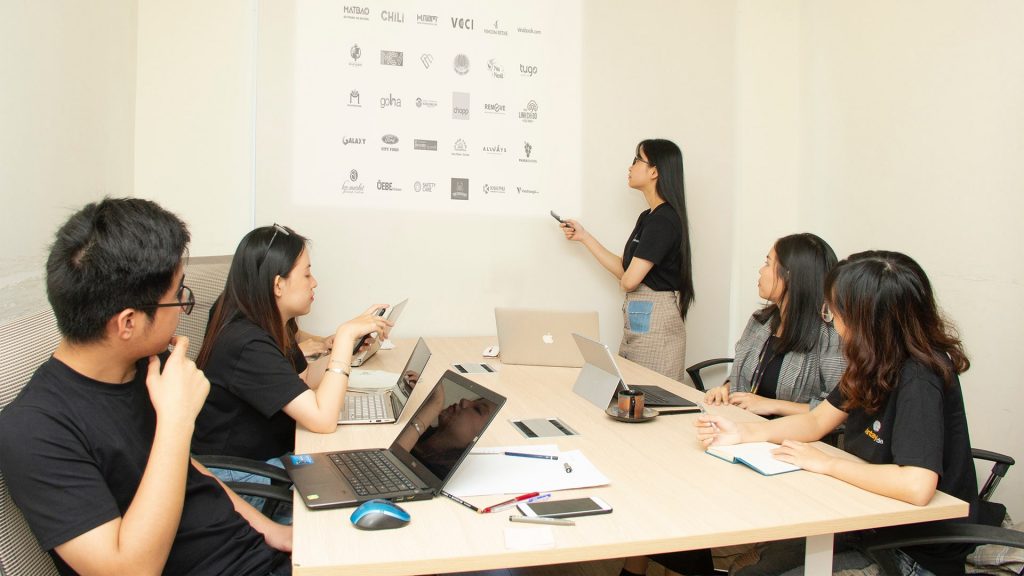Increasing Staff Engagement
A manager believes his employees are engaged because they often ask questions during meetings. He may be correct, but maybe not. In fact, employees can become less engaged because they’re not getting the answers they’d like to hear. Another employer thinks their employees are happy. This doesn’t mean they are engaged either. What drives engagement in an organization, then? According to a Towers Perrin report, the number one reason employees are passionate about work is that they believe their organization cares for their well-being. Before moving on, here are signs employees are engaged: They believe in the organization’s mission and goals. Engaged employees are passionate, which they show through their performance. They can’t wait to get started. Engaged employees are enthusiastic and full of energy. People may love what they do but wouldn’t exhibit enthusiasm in a workplace if they’re not engaged. Finish jobs before leaving for the day. An engaged employee will work late just to complete a task that may not be necessarily urgent. Go beyond the call of duty. Engaged employees are not satisfied with what is required. As a result, you’ll find them exceeding expectations. Fully immersed in their work. Engaged employees may eat their meals while working and avoid unrelated activities. They also take fewer breaks and barely socialize with their colleagues during the day. Practice Increasing Staff Engagement: The above are just a few. Indeed, you might have seen other indicators. So, if you believe your employees aren’t fully engaged, here are some tips you might want to try. Provide a clear organizational mission and vision. These are not empty words you post on your office wall. They should mean something to everyone. Make sure employees understand these. One way to find out if your employees are on board with your goals is through meaningful dialogues or surveys. Often, management conducts a monologue instead of an exchange of ideas and feedback. Appoint managers or supervisors that believe in engagement. They can develop or enhance participation by their direct reports. Provide programs that improve skills. If you want your employees engaged, find ways to develop them into better individuals. For example, many companies subsidize tuition for employees who desire further training or education. Build bridges instead of walls. A way to do this is by adopting other types of leadership. For instance, become an authentic or conversational leader. You’ll find out what motivates your employees. Practice social responsibility. Consumers buy more from businesses that try to improve the lives of others. Start within as there might be employees who have needs more than others.
Increasing Staff Engagement Read More »




